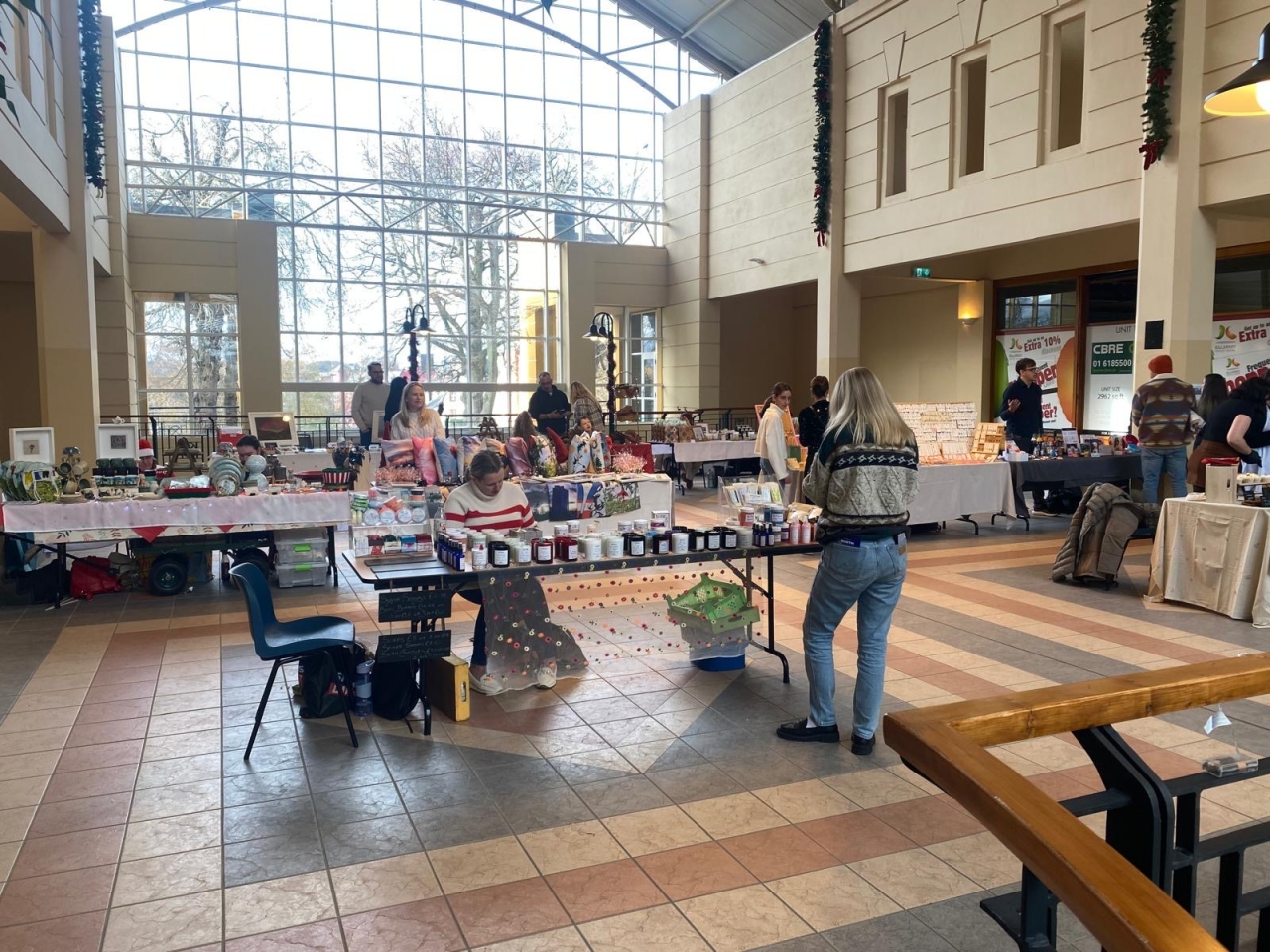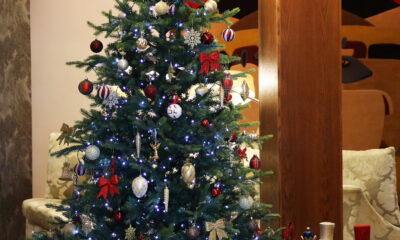News
Adding colour and texture to your garden

By Debby Looney, gardening expert
After a long winter of bare trees and boring evergreens, we all long for colour with flowers everywhere, and each available space filled with blooms.
However, if you are like me, once June comes around, the colour already becomes a bit much. But, it is there, the work in planting has been done, the expense of the plants has been spent, so there is nothing for it but to sit and enjoy it… or, in my case, regret the fact that I could not stop myself every time saw a pretty flower!
Last year I was very strict with myself and stuck to a theme. Initially, in spring, yellow is so cheerful which generally leads me to buy a lot of yellow daisies, begonias and bidens…and then, come summer, I think it all looks like the dandelions I am cursing in the garden! So, a plan was needed and pink was my theme. This year, I am going to incorporate a lot of foliage plants as breaking the colour will give a more peaceful, calm look to the whole garden. I am envisaging large, blue hosta leaves like those of ‘Elegans’, or ‘Blue Angel’ as a foil for cream coloured flowers such as Nemesia or viola. Fatsia will make a great backdrop for any colour with its glossy, dark green leaves. Bamboo and grasses also provide breaks from colour, while variegated grasses will add movement and limited colour.
Creating pots and garden displays with a mixture of greenery and flower allows the eye and mind to appreciate better what it sees, creating a much more coherent feel to any garden. Interspersing structural plants such as Fatsia, Canna, Acanthus or even banana plants will give the eye something to focus on, and conversely, will make what is around them much more significant. Large leaves will add this structure, whereas grasses, bamboos, miscanthus and smaller foliaged plants such as Diosma or some smaller acacia varieties, will add movement and gentleness.
Ferns are also a fantastic addition to summer pots. They come in a large selection of foliage shapes and colours, and are unfortunately often forgotten. Like hosta (though not variegated ones, as they will lose their variegation), ferns are ideal for a shady spot. Paired with fuchsia or begonias or busy lizzies, they are the ideal plants for west or north facing pots.
An alternative way to create cohesion in your pot display is by repeating plants and colours. Focus on one main flower, and one main filler. For example, I think cream coloured calendulas, which now also come as low growing spreaders, are ideal for filling gaps. Cream is a warm, yet neutral colour which retreats into the background allowing other colours to pop. White on the other hand tends to leap forward, and should be avoided as a background colour. There are many books and articles written on the theory of colour and texture, but if you stick to the ‘less is more’ rule, you cannot go wrong!
News
Bob Dylan played two gigs at INEC and we’ll never see a video of it!
News
Festive markets at Killarney Outlet Centre
Fabulous festive season markets, which will be located at Killarney Outlet Centre every weekend between now and Christmas, will give shoppers so many unique gift ideas. The imaginative market stalls […]























